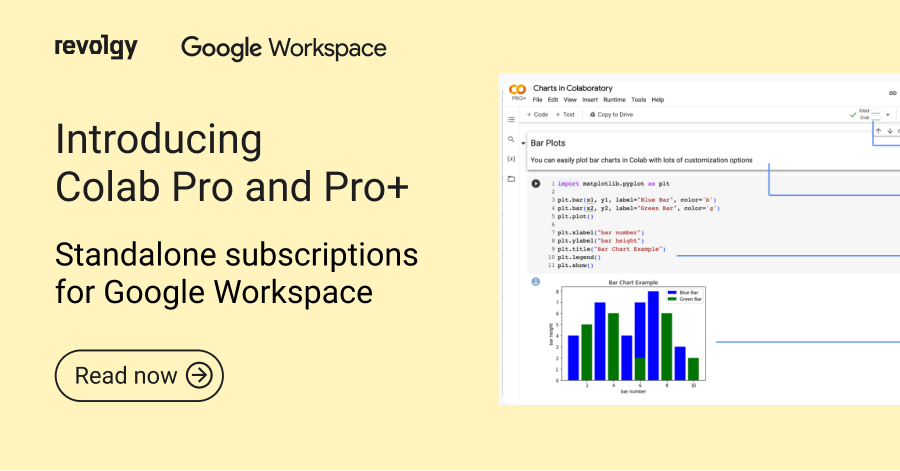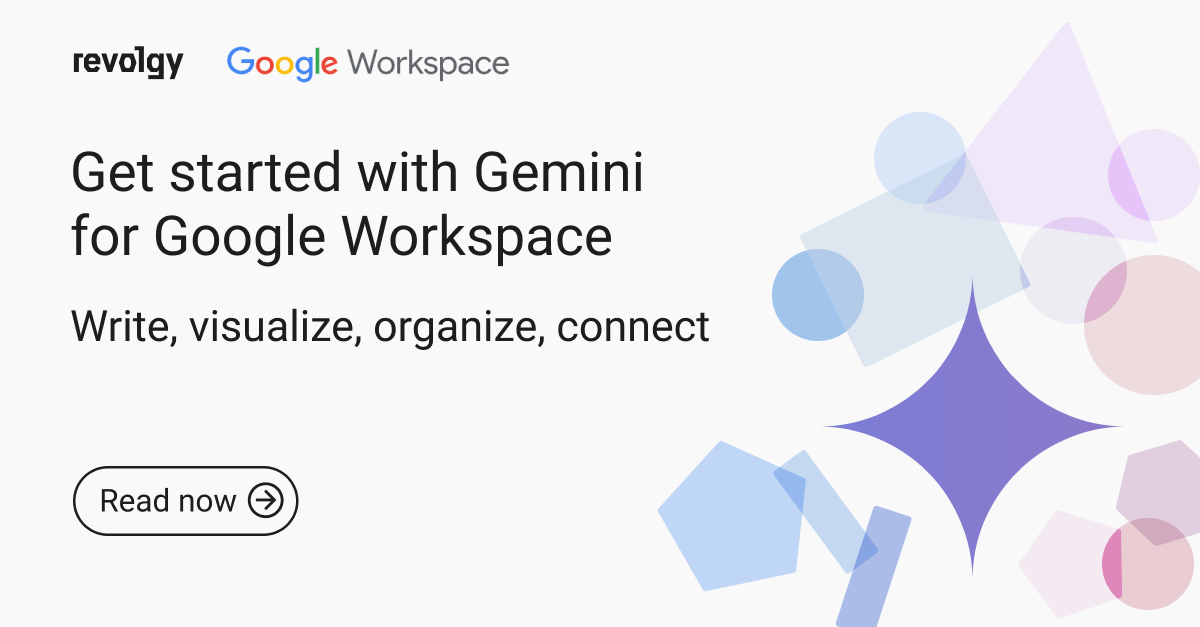Cloud Platform Services, Gaming
What is GPUaaS? Benefits, use cases, and how it works
A decade ago, most workloads ran perfectly fine on traditional CPUs. But in recent years, the quick growth of machine learning, generative AI, complex simulations, advanced graphics, and large-scale data pipelines has pushed past what CPUs can reasonably handle. These tasks need to handle many calculations at the same time and on a very large scale — and that’s what GPUs are built for.
Modern GPUs (Graphics Processing Units) were originally designed for rendering images and 3D environments, but over time, they’ve evolved into powerful engines for high-performance computing.
Unlike CPUs, which are optimized for sequential processing, GPUs have thousands of cores that can handle many operations in parallel. This makes them perfect for training large AI models, rendering animation frames, generating real-time visualizations, and accelerating simulation-heavy tasks.
Yet owning and managing this kind of hardware is not easy or cheap — and that’s exactly why GPU-as-a-Service (GPUaaS) exists.
What is GPUaaS?
GPU-as-a-Service is a model that gives businesses remote access to powerful GPUs hosted in cloud data centers — without needing to buy or maintain the physical GPU servers themselves. Think of it as renting GPU power rather than owning it.
In the same way Software-as-a-service (SaaS) removed the barriers of software installation and maintenance, GPUaaS makes high-performance computing accessible over the internet. Instead of building a custom workstation with a €10,000 GPU, teams can get GPU-powered environments in minutes, scale them up or down as needed, and pay only for the time used.
And it isn’t just about cost savings. It’s also about speed, flexibility, and access to modern infrastructure in a way that matches how today’s creative and AI teams work — collaboratively, remotely, and across fast-changing projects.
Platforms like Remāngu simplify this even further by providing ready-to-use GenAI workspaces on powerful GPU infrastructure.
Why GPU-as-a-Service is getting more and more popular
GPUaaS is growing quickly because more teams are using AI, working with advanced visuals, and needing more flexible ways to get things done. Several important factors are driving this change.
First, the boom of artificial intelligence, especially generative models, has created a huge need for computing power. Training just one model, like Stable Diffusion XL, Midjourney, or GPT-4, can take weeks and requires hundreds or even thousands of GPUs working at the same time.
Second, the cost and complexity of owning high-end GPUs is... well... restrictive. High-end GPUs like NVIDIA A100s or H100s are expensive and often hard to get because of supply chain issues. To use them properly, companies also need special servers, software, cooling systems, and experts who know how to manage it all.
Third, workloads are variable. Running a GPU 24/7 may be justified for large organizations or research labs, but in many creative and technical workflows, usage comes in spikes — bursts of training, rendering, or model exploration followed by idle periods. GPUaaS allows teams to scale infrastructure up or down based on their needs.
With Remāngu, creatives and developers can spin up GPU environments when needed, test workflows, and shut them down just as fast — without locking into long-term infrastructure. 👉 Check it out and follow Remāngu on LinkedIn.
Finally, GPUaaS makes location irrelevant. Remote teams in different cities (or continents) can work together in shared cloud environments, rather than just relying on local compute performance.
On-premises GPU hardware vs. GPU-as-a-Service
What exactly are you giving up — or gaining — by moving to a GPUaaS model?
On-premises GPU setups give you physical ownership and total control. Latency is minimal, and performance is consistent. However, these benefits come at a high cost and complexity. IT teams must manage hardware, firmware updates, cooling infrastructure, power consumption, failover, and forecast usage far in advance to justify the investment.
GPUaaS works differently — it’s a service you use when you need it, and you only pay for what you use. It’s easy to scale, and there’s nothing to set up or maintain long-term. While there can be some downsides, like internet-related delays or depending on cloud access, many teams find it’s a better option than owning and managing GPU hardware themselves, especially when working with visuals, prototypes, or AI.
How GPU-as-a-Service works
Most GPUaaS providers run large groups of GPU-powered servers in data centers, often in different regions, so users can connect from anywhere. These servers use high-performance GPUs like NVIDIA A100s, H100s, L40S, or AMD’s MI300X — depending on the provider.
Users access GPU environments through the provider’s platform. This might take the form of full virtual machines (VMs), containerized runtimes, or integrated development environments with tools like Jupyter, Docker, VS Code, and REST APIs available immediately.
A single GPU can often be split into multiple virtual GPUs (vGPUs), enabling multiple users to share one GPU efficiently depending on their workload. For advanced use cases, entire GPUs can be allocated exclusively for training or compute-intensive tasks.
These environments often come pre-configured with relevant libraries, frameworks, and drivers: CUDA, PyTorch, TensorFlow, or — in more creative workflows — tools like ComfyUI, Stable Diffusion runtimes, and rendering pipelines.
If you’re looking to try GPUaaS without managing complex infrastructure, Remāngu gives you full access to configured environments — already set up with GenAI tools like Stable Diffusion and ComfyUI.
Types of GPUs and access models
GPUaaS providers typically offer a range of instance types to suit different needs and workloads:
- Entry-level and mid-range GPUs: Ideal for inference, lightweight rendering, or testing pipelines. Common in use cases like real-time video processing or smaller model hosting.
- High-end GPUs: These include NVIDIA’s A100, H100, or L40S, designed for model training, scientific computing, and large-scale generative workloads.
The way you access these GPUs also varies depending on your use case:
- On-demand instances allow you to spin up GPU servers when needed and pay by the hour or second. This suits unpredictable or short-term workloads.
- Reserved instances provide guaranteed access at a lower rate, typically used for long-running training or production scenarios with predictable demand.
- Spot instances are the most cost-effective, offering spare capacity at discounted rates. However, they aren’t a good fit for tasks that need to run at specific times or stay reliably online, because their availability can change without warning.
Advantages of GPU-as-a-Service
The main advantage of GPUaaS is that you can use powerful hardware without having to buy, set up, or manage it yourself. But there are other important benefits too:
- CapEx becomes OpEx: Instead of paying tens of thousands upfront for hardware that may go underutilized, GPUaaS lets you pay for what you need, when you need it.
- Elastic capacity: Scale your GPU footprint up or down in real time. On Monday you might need 1 GPU. On Wednesday, you might need 200. No procurement cycles required.
- Faster time-to-market: Shorter provisioning cycles mean less waiting. Your team can go from concept to prototype faster with GPU environments that spin up in minutes.
- Lower maintenance burden: You don’t manage physical servers, replace hardware, or install drivers. That’s handled for you.
- Immediate access to the latest generation hardware: Top-tier cloud GPU providers keep their infrastructure updated, allowing you to run workloads on the latest chips (like H100s) without replacing anything on your side.
- Supports remote teams: Everyone on your team can connect to the same workspace, no matter where they are, without syncing codebases or shipping large models locally.
Real-world use cases of GPUaaS
More and more creative and technical teams are starting to use GPUaaS. Here are some examples of how it’s being used in real-world projects:
AI model training and inference
Tools like large language models, AI image and video generators, and recommendation systems need a lot of GPU power to run properly. GPUaaS lets teams use that power when needed — whether for quick training jobs or for scaling up during busy times.
Animation, rendering & VFX
In media and entertainment, teams often need to speed up rendering to meet tight deadlines. GPUaaS helps them render scenes using hundreds of GPUs at once, without having to build or maintain their own render farms.
Product design and simulation
CAD/CAM workflows and physics simulations — like fluid or heat analysis — run much faster with GPUs, especially when testing several versions at the same time.
Generative AI art platforms
Designers and studios using tools like Stable Diffusion, ComfyUI, or custom creative workflows can use GPUaaS to create assets faster, without having to set things up on their own machines.
Healthcare and life sciences
Genomics processing, protein folding, and medical image segmentation are compute-intensive — often GPU-bound — and benefit hugely from scalable access.
How Remāngu helps you deploy GPUaaS

Remāngu interface running ComfyUI’s GPUs
At Remāngu (by Revolgy), we work closely with companies that need flexible cloud infrastructure but don’t want to deal with complicated backend setup and maintenance. That’s why we built Remāngu, a secure SaaS platform designed for creative and AI-focused workflows.
Remāngu provides pre-configured GenAI workspaces powered by NVIDIA hardware, with tools like ComfyUI, Stable Diffusion, and other frameworks already installed. Artists, game studios, and marketers can log in, test models, generate visuals, and reset environments in seconds.
Because everything is cloud-based, you don’t need to invest in expensive GPUs or worry about driver conflicts. Environments are disposable, secure, and isolated — so you can break them, reset them, and never worry about damaging your system or losing your assets.
Read next: Unlock the Power of GenAI Art with Remāngu: A Secure, On-Demand Creative Playground
Final thoughts
As more industries start using AI, having access to reliable computing power is becoming a real advantage. And flexibility matters too. GPUaaS offers that flexibility. It gives teams the power they need to turn ideas into working AI projects, without needing to own or manage expensive hardware.
Remāngu makes this even easier by providing fast, secure, and ready-to-use GPU environments for creative teams working with AI. If your team is limited by hardware or needs a simpler way to explore generative AI, we’re here to help.
▶ Start your free trial of Remāngu▶ Talk to one of our cloud specialists at Revolgy



